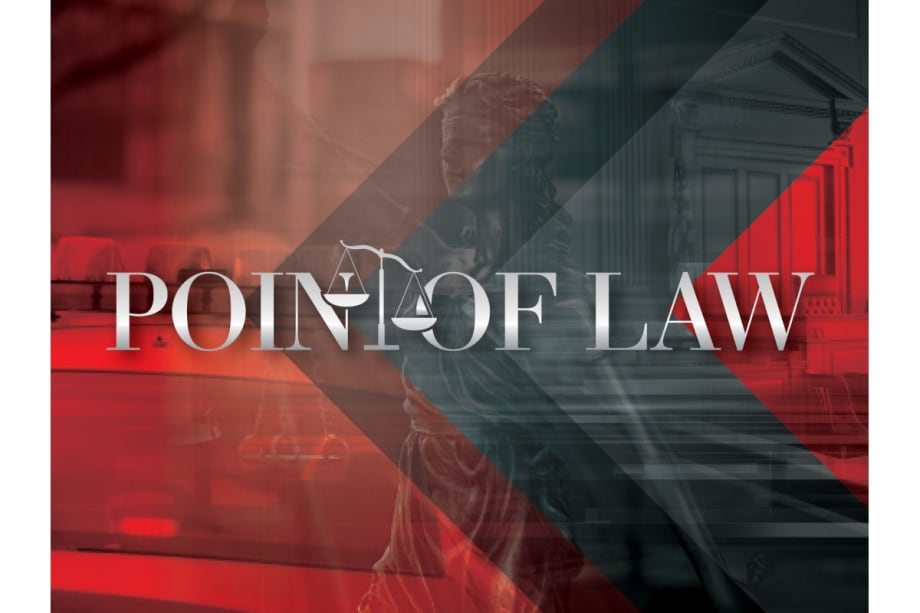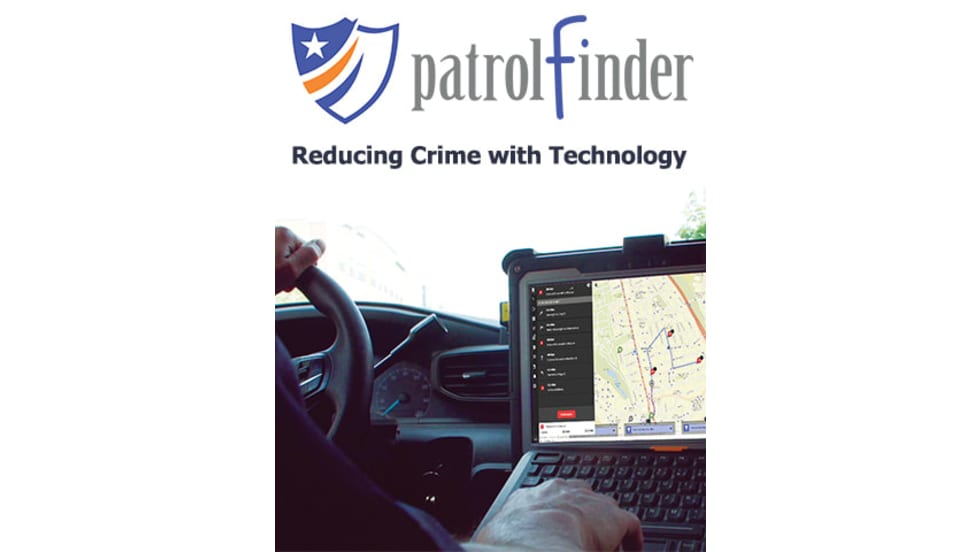The Case
Three officers assigned to the Syracuse Police Department’s Gang Violence Task Force were on patrol in an unmarked car in a high crime area. Near dusk, the officers saw Calvin Weaver walking along the curb and staring into their patrol car. Weaver’s stare persisted, unbroken as the patrol car approached and passed, and one officer used the side view mirror to note that Weaver was still staring after arriving to stand outside the passenger’s side door of a gray sedan. The officer saw Weaver give an “upward tug” to his waistband before getting into the sedan’s front passenger seat and riding away from the scene.
Later that evening, the three officers encountered the gray sedan a second time when they stopped it for failing to properly signal a turn. As the car stopped, the rear passenger’s side door quickly swung open into traffic, causing the officers to worry that the passenger was getting ready to flee. After being ordered to remain in the vehicle, the passenger complied and closed the door, which enabled the officers to approach the car.
Inside the car, the officers found the driver, the back seat passenger, and Weaver, who was in the front passenger seat. Recognizing Weaver from the dusk encounter, one officer saw Weaver use both hands to push down on his pelvic area, squirm from left to right in the seat, and shift his hips as if he was “trying to push something down.” Consequently, that officer ordered Weaver to show his hands. Weaver responded by raising his hands and saying, “I don’t got nothin’.”
After safely obtaining Weaver’s identification, the officer ordered Weaver out of the car. Then, without touching Weaver, the officer told Weaver to stand at the rear quarter panel with his hands on the trunk and his feet spread apart. Although Weaver moved his feet apart and placed his hands on the trunk, the officers noticed that Weaver stood unusually close to the car, pressed his pelvic area only “a few inches” from the quarter panel, and continuously moved his torso against the vehicle. When an officer asked Weaver to step back from the quarter panel, Weaver objected, saying that the ground was too slippery. After examining the ground underneath Weaver’s feet and finding nothing slippery, the officer insisted that Weaver step back.







